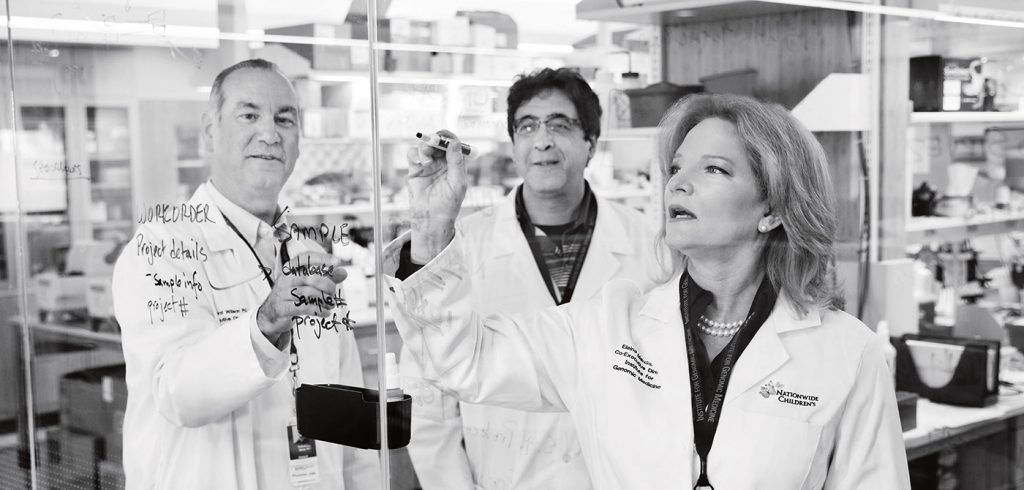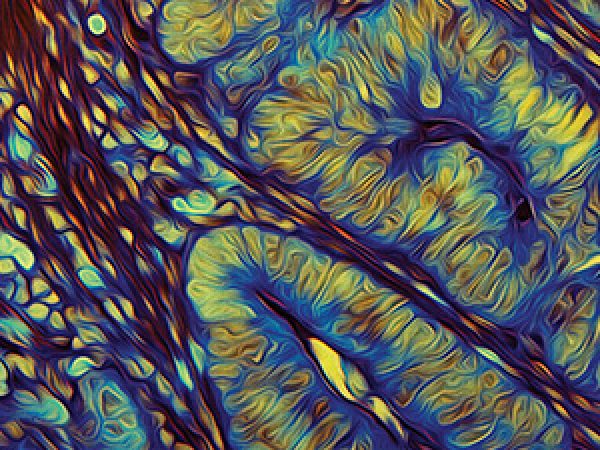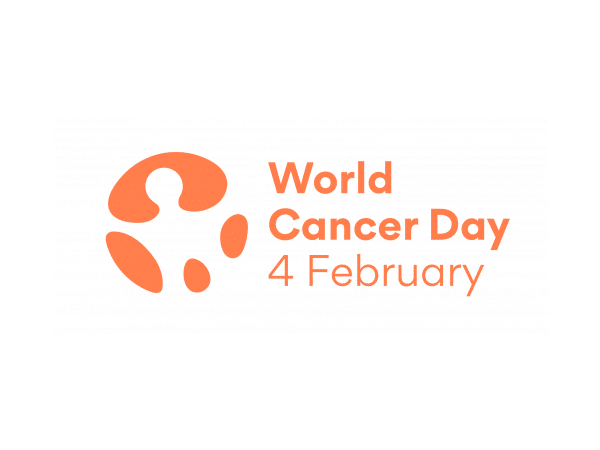Women in Science: AACR Leaders Share Their Stories
The International Day of Women and Girls in Science is a United Nations initiative aimed at narrowing a global gender gap in the scientific work force.
“Both girls and boys have the potential to pursue their ambitions in science and mathematics, in school and at work. But systemic discrimination means women occupy less than 30 percent of research and development jobs worldwide,” U.N. Secretary General Antonio Guterres said in a statement. “We need to encourage and support girls and women to achieve their full potential as scientific researchers and innovators.”
The American Association for Cancer Research (AACR) is fortunate to have a powerful brain trust of female leaders. In honor of International Day of Women and Girls in Science, we asked AACR Chief Executive Officer Margaret Foti, PhD, MD (hc), AACR President-Elect Elizabeth M. Jaffee, MD, and Elaine R. Mardis, PhD, program committee chair for the AACR Annual Meeting 2018, to share how they initially became interested in science, how they built rewarding careers in cancer research, and how they might advise a girl or young woman considering a career in science.
Jaffee is the deputy director of the Sidney Kimmel Cancer Center at Johns Hopkins and associate director of the Bloomberg~Kimmel Institute for Cancer Immunotherapy. Mardis is co-director of the Genomics Institute at Nationwide Children’s Hospital. They have served on the AACR Board of Directors and on numerous committees for our organization. We value their leadership and appreciate the inspiration they offered to future female scientists.
What led you to choose a career in science?
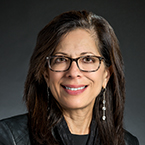
Elizabeth Jaffee: I started to think about science in elementary school. I loved math, and it was the time when we were landing the first person on the moon. I thought about being an astronaut, but then in 4th grade, I read the biography of Marie Curie. She was an amazing scientist in the early 1900s who discovered radium and whose work led to the discovery of the field of radiation therapy. She was dedicated to science and learning, despite the fact that there were few resources and women were not welcomed in the field. Her biography hooked me on science and I never thought about anything else but a career in science after that.
Elaine Mardis: My father was my inspiration. He taught chemistry for 36 years, and his enthusiasm about chemistry encouraged my love of science. This was also fostered by many educators through the years, especially in my early education through high school. I think I was lucky in knowing that I wanted a career in science even before I knew what that really meant!
Margaret Foti: My involvement in a career in science was quite accidental. I had been working at the University of Pennsylvania’s Moore School of Electrical Engineering, where some of the most talented computer scientists in the world were affiliated. I really enjoyed working with the computer gurus of that era as they were passionate academicians on a lifelong mission of discovery. I will never forget the moment when one of them came running into my office to show me this little computer chip on which thousands of pages of the Bible had been stored for the first time. I learned at a very young age that time becomes meaningless in the face of scientific creativity, and it was both professionally stimulating and eye-opening.
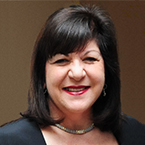
I had done a lot of editing at the Moore School for faculty and students, and after a couple of years there I happened upon an ad that had been posted in the newspaper for an editorial assistant for AACR’s journal, Cancer Research. Since I was used to technical terminology in my position at the university, I thought it would be fun to work at a cancer research organization, not realizing at the time that the decision to take this new job at the AACR would be the beginning of my commitment to science and medicine.
How did you ultimately decide to become involved in cancer research?
Jaffee: My grandmother’s brother developed lung cancer when I was 8. My grandmother raised some money for research to fight the disease, and she always told me it was important to help find cures for cancer.
In college I worked in a laboratory that studied the immune system. I realized even then that the immune system could be used to fight cancer. This put me on the path to medical school and cancer research.
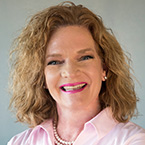
Mardis: Because my early career was so focused on genomics, as it matured as a science and I matured as a researcher, I began to look for ways that genomics could be applied to human health. Cancer was an obvious area of application, but this was further encouraged by the collaborations I developed at Washington University School of Medicine. It was really inspiring to be interacting with and learning from luminary oncologists like Tim Ley and Matthew Ellis, among many others.
Foti: Although academically I started to pursue a career in political science and constitutional law, and fancied myself as an attorney in some aspect of the legal profession, I found myself being completely inspired by the dedication I observed among cancer researchers. I was accustomed to hard work, so that was not an issue. It seemed like a natural turn of interest from law to becoming a cancer research professional. Of course, at that time, I had no idea that I would be promoted to managing editor of Cancer Research, replacing my boss, who was twice my age and had twice the education I had at that point in my career. The opportunity was spectacular for someone at the age of 24, and I jumped in with both feet.
This field has a way of drawing you in and not letting you go. It requires a lot of hard work and commitment, but it gives back in so many other ways – especially when on quieter days you can look back and have the real sense that your work has the potential to help address cancer incidence and mortality. For me, it has and continues to be an enormous thrill and a privilege to work side by side with dedicated cancer scientists with the goal of conquering cancer at the earliest possible time.
What has been the most exciting milestone or achievement in your career thus far?
Jaffee: My career has been filled with many milestones that have excited me!
The first: my role in mentoring many young women and men and seeing them become experts in their own right. The second is being part of a 25-year effort to turn the immune system on and seeing it provide durable treatments for patients with cancer. In the past five years, we have seen more than 25 immunotherapies approved for the treatment of previously deadly cancers. I am so excited to have been a part of this success.
The third is my participation in national efforts to push the cancer research agenda. I became the first woman Chair of the National Cancer Advisory Board, an appointment I received from President Obama. I co-chaired the Blue Ribbon Panel for Vice President Biden’s Moonshot initiative. And I will be leading the AACR as President in 2018-2019. We are at an unprecedented time in cancer research. We have made great progress and now have sophisticated tools to really make a difference. Now, we need to make sure we recruit the right young people – women and minorities in particular – to make the next big discoveries that will change the lives of patients with cancer.
Mardis: From a personal perspective, my most exciting achievement is each patient whose journey with cancer is altered as a result of the genomic evaluation my team has done that identifies a therapeutic target. This has now played out over many patients, and continues to inspire me and our team. I continue to be inspired by one of our first patients who benefited, at a very early time point in cancer diagnostics, from our work. That patient is Dr. Lukas Wartman, a hematologic oncologist at Washington University, who was able to achieve remission from B-cell ALL and receive a stem cell transplant based on a vulnerability we identified in his tumor cells.
Foti: Thirteen years later, I was asked to become the chief executive officer of the AACR, and this role has given me the chance of a lifetime to conceptualize how the AACR could grow and become the leading cancer research organization in the world. The AACR is the brain trust of the cancer field – from basic science to translational and clinical research to cancer prevention and population science – and being CEO has provided me the incredible opportunity to build scientific and educational programs of importance to cancer researchers. I am especially proud of the work that we are doing in Washington, D.C., educating various constituencies, including policymakers, about the importance of cancer research funding. Our organization has grown from 3,000 members when I started this work to over 40,000 members in 120 countries, and its impact for the field cannot be overestimated. Looking back on the growth and dynamism of the AACR is always exciting for me, but it also means that our organization has an even greater responsibility to be the leading innovator in cancer science and to be focused on science-directed, patient-centered cancer research.
What do you think is the greatest challenge or potential obstacle for a woman pursuing a career in science?
Jaffee: I think the big obstacles are gone. There are jobs and many initiatives to make science a good field for women. It is also easier to balance work and home life. I have twin daughters who are in college. They are proud that their mom is a scientist and helping to find cures for cancer. One of them is already working in science and planning to go into medicine and research as a career. Women are encouraged and welcomed into the field now more than ever.
However, finding the right mentor is important. There are still not enough women in the most influential positions in science. It is getting better, but to recruit the best young women, we still need more women who are currently in science to become the leaders and role models for younger women.
Mardis: The greatest challenge is probably that of trying to balance career and family, or making choices about whether to have one or the other. As women, we have to make difficult choices in this regard and there are no right or wrong answers—only choices.
Foti: In my view, there are several personal and societal obstacles for a woman pursuing a career in science. Unfortunately, one of the greatest obstacles lies within. Women tend to be insecure about their abilities, and this tends to hold them back, especially in a fast-paced scientific environment. Women frequently need to work harder than men in the same positions, and this needs change.
Women need more help with domestic responsibilities, especially if there are children to be reared. The biggest “bee in my bonnet” is that everyone needs to support the development of women professionals. Both men and women need to be supportive of women scientists. After all, women represent half of the graduating classes in science and medicine, and for the benefit of humankind we need to take advantage of all that talent.
What advice would you give to a girl or a young woman considering a career in science?
Jaffee: Speak to women who are already in science and learn about the opportunities for women. Knowledge is power. There are many ways to have a career in science. Learn about as many as you can so you can determine what most interests you.
Mardis: Go for it! There are so many rewards from doing what you love in life.
Foti: I would suggest that women wishing careers in science should find themselves a number of local and long-distance, selfless mentors who can help them especially in their early years as scientists. I was fortunate to have the support of senior mentors in my career, and I wish for all women to have the same chances to develop their minds and backgrounds and to be able to contribute substantively to science and medicine. Clearly, if we are to make a significant dent in cancer incidence and mortality around the world, we need to have many more talented women who are in scientific and clinical environments where they are able to flourish and achieve their potential.

